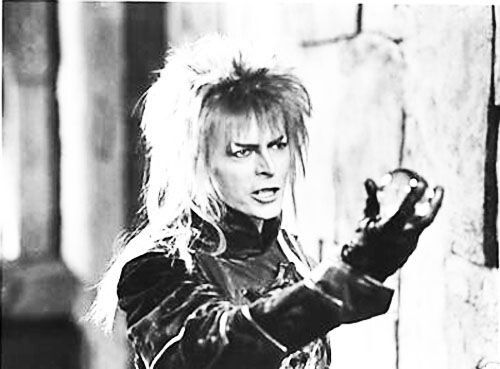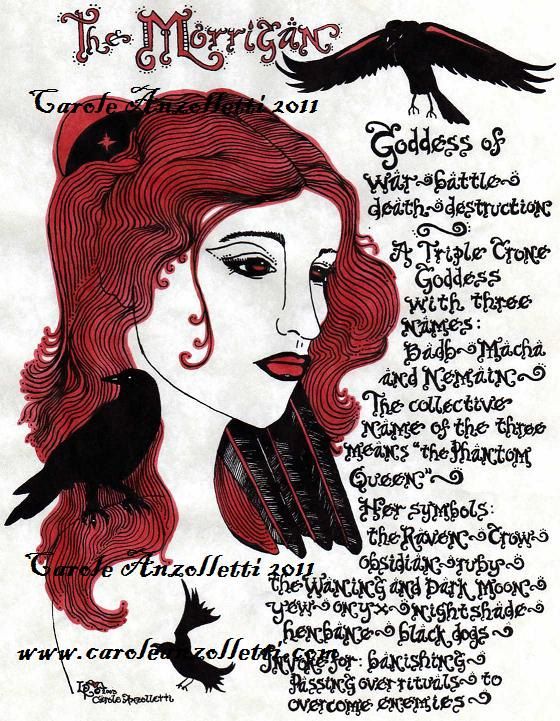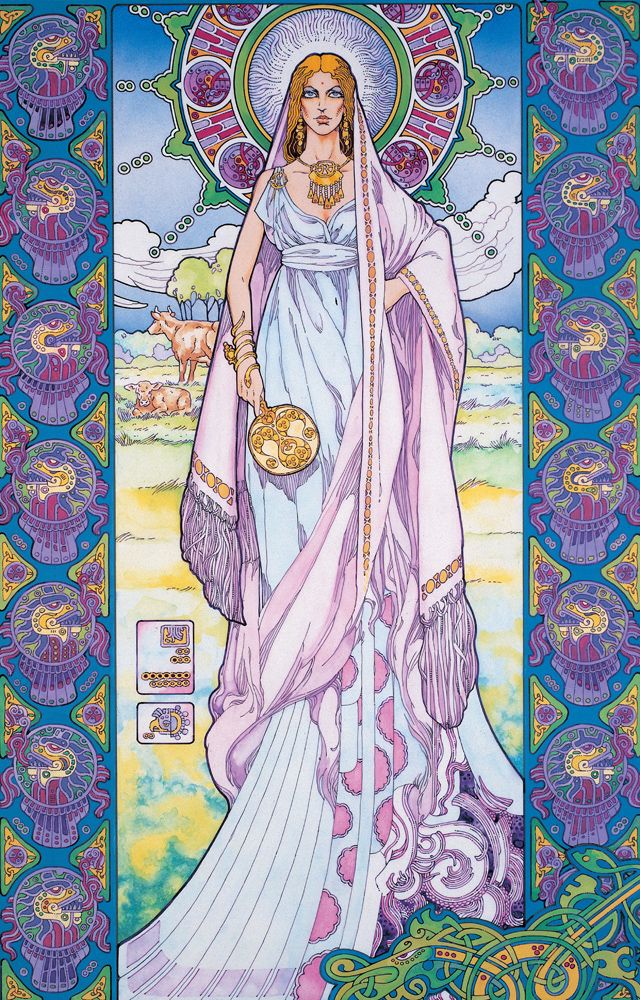
I seem to get some of the most in-depth comments as replies to posts I write about deities. Often these comments are challenging, but I welcome them. Some of them disagree with me on perfectly valid grounds but I also think I haven’t made my ideas completely clear, which is probably because they aren’t very clear to begin with. So I’m revisiting the topic today to make clear my deity manifesto, partly to better understand my own thoughts and partly to make it explicit where I stand, in case it isn’t already.
I’m not trying to tell you what to think
First and foremost. I hope this goes without saying, but sometimes people seem to react as if I’m saying they need to realign their personal gnosis of Deity X to fit with my (typically historical, intellectual, and abstract) suggestions. Nothing could be further from the truth, because…
I have no idea what deities are
Beyond saying that deities seem to be powers bigger than what we usually call “spirits” and smaller than the full totality of all that exists, I sincerely do not know what they are. I have been in the presence of some big powers, in places that were supposed to house or represent deities. And it is manifestly clear that when people dial a god/dess’ number, someone answers. But who is on the other end of the line? This is part of why I’m a polytheist–I believe, as much on the basis of probability than for any other reason, that more than one of these entities exists–but I’m not a devotional polytheist. I don’t know what or whom I would be devoting myself to.
In fact, I’ve arrived at the point where I find the words god and goddess pretty much useless. It is pretty clear that as abstract conceptual categories, they are not at all helpful, as I have argued before (also here). These words are packed full of so much baggage, yet at the same time they don’t really explain anything; every time I use them I feel I should specifically define them, which would take ages. I think from now on they have to be put in problem-quotes like “Celtic”.
I have no idea what deities want
I don’t even know that they “want” anything as we understand that, but what I mean is, who the hell knows what they are up to? Dogs will sooner understand algebra than we will understand deities’ motives. This was actually one of the most disturbing realizations I’ve ever come to. It took me probably a year to stop feeling creeped out all the time (now I’m just creeped out when I think about it).
I’m certainly not going to tell deities, whatever they are, what they can and can’t do. I am very cognizant of the fact that there’s no such thing as coincidence in magic, and maybe no such thing as an accident either. If you accept the proposition that deities exist, you have to also accept that they have agency and consciousness; to what extent, then, are they involved in changing perceptions of them?
That doesn’t mean we shouldn’t know our history/myths
Nevertheless I guess I’m just not postmodern enough to feel ok with wholesale embrace of any and all UPG and rejection of historical accuracy such as we know it. It drives me crazy when fundamentalist Christians spout nonsense that is diametrically opposed to the Christian theology they claim to believe, evidently out of rank ignorance if not anti-intellectual know-nothingism. We should do better. For too long in the neo-pagan community the same ideas–e.g., ones from Robert Graves’ The White Goddess–have been recycled, frequently plagiarized, over and over. Perhaps it is the case that Mór Rígain is happy to be conceptualized as a war goddess; but even if that is true–and I for one have no idea if it is–does that mean we shouldn’t be aware of earlier conceptualizations/representations of her? I wrote a post on my herbal blog a couple years ago about how the caduceus came to replace the asklepian as the symbol of medicine, and a commenter suggested that maybe it was no accident, as Hermes could reasonably be considered a patron of the healing arts. And indeed, I agree that is possible and a legitimate way to interpret the history–but I would still argue that we should know what the facts are (to the extent that we can–I realize history has its problems).
Also, I like to study and analyze myths. I have since I was in the 4th or 5th grade (to answer the question Gordon asks his podcast guests, “Were you a weird kid?”–yes, yes I was). Myths don’t tell us what the deities are, but they have many layers and facets and if we squeeze them we get wonderful new insights into the Nature of Things (and what is history but another kind of myth?). That’s all I’m doing with these posts.
What are the implications?
That’s it. That’s the question, the whole reason I keep nattering on about deities in the first place. If we accept that deities are real, what does it say about Reality that they seem to be more responsive to our expectations than they are to facts?
(I am reminded of the scene in Labyrinth where Jareth says, “Everything that you wanted I have done. You asked that the child be taken. I took him. You cowered before me, I was frightening. I have reordered time. I have turned the world upside down, and I have done it all for you! I am exhausted from living up to your expectations. Isn’t that generous?”)
What does it mean for us if our calls are always answered, but we don’t know by whom? What does it mean that no two people’s UPG is the same? Shouldn’t we be concerned when we find ourselves getting defensive or unsettled in the face of someone else’s conflicting experience of a deity? (I know I sometimes do.) On the grand scale, the historical facts mean nothing compared to the potential implications of these, but for me they provide a necessary reference point against which to frame the questions.
I don’t have anything invested in making people agree with me on deities because I’m interested in dialogue. You might be surprised to know–given how much I’ve blathered about them and how much I love myth–that for the most part Working with deities doesn’t play a big role in my life (though like everything else this may change). I don’t usually feel the need to put names or personalities on forces of nature and landscape, and when I address them I just use the commonly accepted name of the phenomenon or species (e.g., “wind”, “rock”, “oak”).
So I don’t need a unified theory of deities, I don’t need for the mysteries to be solved, but I do crave some philosophical conversation about them. Why do we say “armchair philosophy” like it’s a bad thing? I don’t see why we can’t philosophize in comfortable furniture. So let’s do!


